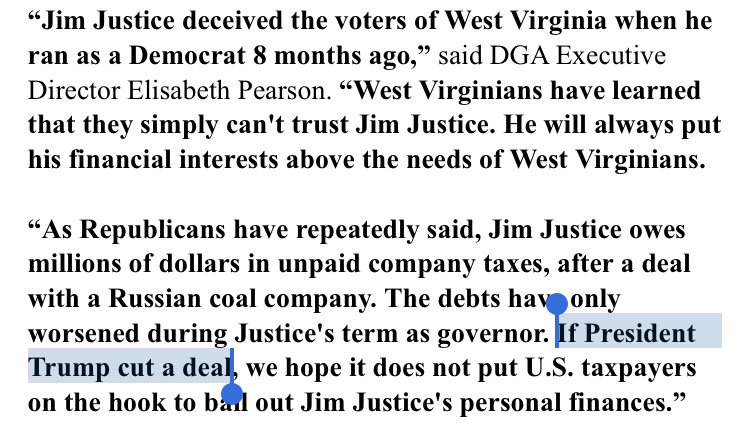4) How does the tax work, exactly?
Under House Bill 987, the ten largest and most urbanized jurisdictions in Maryland need to impose impervious surface fees. The law does not specify the level of the fee, only that the counties in question must set a fee to raise enough revenue to finance cleanup projects needed to meet targets set out in the Chesapeake Clean Water Blueprint.
Consequently, the fee structure varies quite a bit from place to place. This variability has arguably contributed to the tax's unpopularity. Marylanders discover that not only are they paying an unwelcome fee, but that the amount of money they need to pay may be quite different from what a coworker or friend in another county is paying. This is just a result of administrative decentralization, but it comes across as arbitrary, unfair, or confusing to some.



